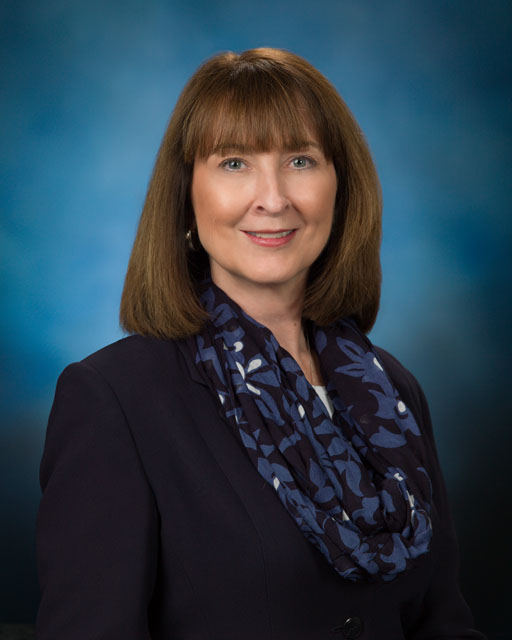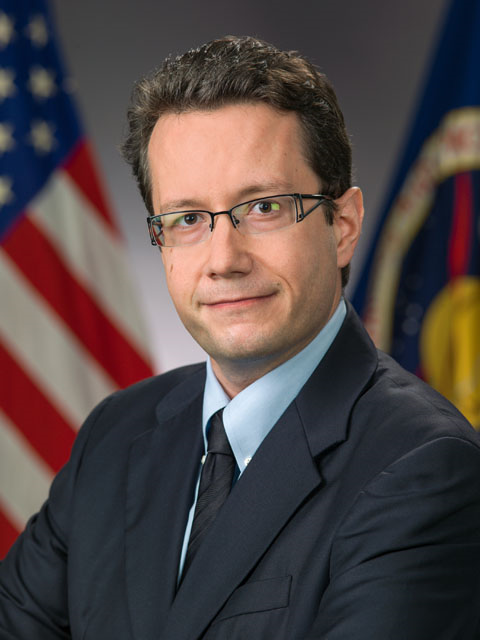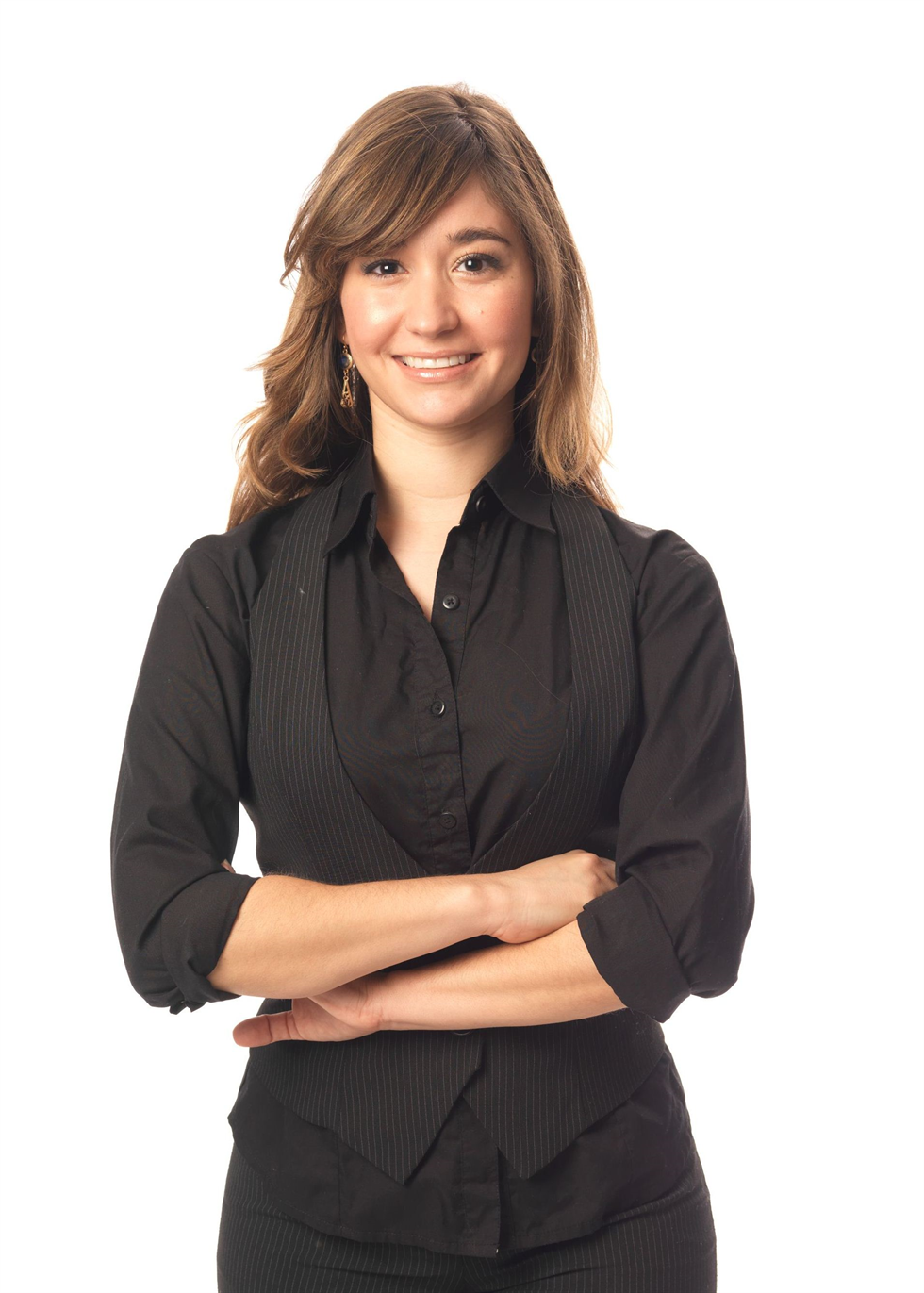A safe perspective
2017-07-27
More than 300,000 college students participated in study abroad programs in 2016, immersing themselves in new environments and learning about different cultures. While those students were around the globe, the Safety and Mission Assurance (S&MA) directorate at NASA’s Johnson Space Center piloted a similar program—except this time, the students only needed to walk across the Johnson campus.
The S&MA rotational pilot program began in July 2016 with the goal of providing Engineering and Flight Operations Directorate (FOD) employees an opportunity to get an in-depth view of the safety culture at the center.
“Our intent at JSC is to bring FOD’s current operations experience to S&MA and to improve crosstalk,” said Brian Kelly, director of Flight Operations. “FOD also hopes to learn more about modern, useful safety practices relating to risk management in human spaceflight operations. The joint effort includes temporary assignment of safety personnel to FOD. This is a great way to build and improve the overall JSC team.”
JSC hopes that this cross-center collaboration not only expands the way that different organizations are able to work together, but also contributes to the safety culture on campus.
"NASA is a ‘safety first’ organization,” said Trish Petete, director of S&MA. “We are also a learning organization, and the more we can learn from each other, the stronger we become as a team. It is important that we expose employees in various organizations to our center’s safety organization so they can better understand what we do and why while also enhancing our center’s safety culture in the process.”
Alma Stephanie Tapia and Paul Wester were the two employees selected to pilot the S&MA rotation program. Tapia joined S&MA from the Engineering Directorate Structural Engineering Division, where she is the lead engineer for materials and processes of Extravehicular Activity—or spacewalk—tools, as well as inflatables such as the Bigelow Expandable Activity Module. Wester rotated to S&MA from the Flight Operations International Space Station Systems Division, where he serves as a group lead and flight controller for Station Power, Articulation, Thermal and Analysis, better known as SPARTAN. This group is responsible for International Space Station solar arrays and power distribution.
The goal behind selecting employees who are already leaders in their respective organizations is to add knowledge of S&MA disciplines into their overall toolkit, have the leaders share that knowledge with their respective organizations and for S&MA to learn from leaders across the center.
“It’s important that Engineering, Flight Operations and safety understand how each of the other organizations work, because we are really one big team,” Tapia said. “It’s a lot like NASCAR. Engineering is developing the car, Flight Ops is the pit crew, safety is making sure everything is done well and safely and the astronauts are behind the wheel.”
The pair went through a weeklong training session in the S&MA Technical Excellence Program and then headed over to their new offices.
“When I got there, I was basically drinking from the fire hose,” Wester said. “That’s a good thing, though, because it challenges you to work hard and make sure that you learn all the new training, processes and lingo. It makes you rise to the occasion and do your best work.”
This new environment did more than just challenge the pair to work hard; it opened their eyes to a whole new technical discipline and cultural perspective at Johnson.
“It was exciting to be there, because standing in the shoes of another organization forces you to build this real understanding of not just the work they do, but their motivations and skillsets behind the decisions,” Tapia said. “You get this whole new perspective of people you have worked with for years, but never fully understood what they did. It’s really exciting.”
Tapia and Wester have developed an understanding of the safety culture at the center that will continue to benefit them and their work as they return to their home organizations. Tapia has been learning the safety standards and processes behind Orion, which she will be supporting upon her return, and Wester has spent additional time studying how the safety organization supports the space station to gain an understanding of how that relates to FOD.
“It would have been easy to put me in an area that I had a lot of background in, such as the International Space Station,” Tapia said. “But instead, they put me in Orion, an area I’ll be supporting when I return to Engineering. This gave me a new viewpoint by learning Orion from the safety side first, before I learn it from Engineering.”
The perspective that Tapia was able to gain will allow her to return to Engineering as an S&MA advocate, because she will understand both sides of the coin. Wester also has worked hard to bring back the lessons learned from observing the S&MA culture to FOD.
“Something I’m trying to do to build collaboration between S&MA and FOD is to develop a perspective on how the safety organization operates,” Wester said. “I asked to observe the processes so that I can bring back that understanding of why and how they do their job so that I can advocate for the reasons why they follow their processes.”
After seeing the success of the pilot program, Johnson senior leaders encouraged S&MA to sponsor this program annually as a 12-month rotation and expand it to enable S&MA employees to rotate into the FOD and Engineering Directorates.
The success of the program has Petete excited to continue it and spread the safety culture further.
“Having Alma Stephanie and Paul join us this past year has been extremely valuable,” Petete said. “Over the next year, we will rotate other S&MA employees into the International Space Station Program, Flight Operations and Engineering Directorates to learn what they do and why. There are so many possibilities with this rotation program to train our employees, strengthen our relationships and enhance the center’s safety culture. It’s going to be a very good year!”
Noah Michelsohn
NASA Johnson Space Center
The S&MA rotational pilot program began in July 2016 with the goal of providing Engineering and Flight Operations Directorate (FOD) employees an opportunity to get an in-depth view of the safety culture at the center.
“Our intent at JSC is to bring FOD’s current operations experience to S&MA and to improve crosstalk,” said Brian Kelly, director of Flight Operations. “FOD also hopes to learn more about modern, useful safety practices relating to risk management in human spaceflight operations. The joint effort includes temporary assignment of safety personnel to FOD. This is a great way to build and improve the overall JSC team.”
JSC hopes that this cross-center collaboration not only expands the way that different organizations are able to work together, but also contributes to the safety culture on campus.
"NASA is a ‘safety first’ organization,” said Trish Petete, director of S&MA. “We are also a learning organization, and the more we can learn from each other, the stronger we become as a team. It is important that we expose employees in various organizations to our center’s safety organization so they can better understand what we do and why while also enhancing our center’s safety culture in the process.”
Alma Stephanie Tapia and Paul Wester were the two employees selected to pilot the S&MA rotation program. Tapia joined S&MA from the Engineering Directorate Structural Engineering Division, where she is the lead engineer for materials and processes of Extravehicular Activity—or spacewalk—tools, as well as inflatables such as the Bigelow Expandable Activity Module. Wester rotated to S&MA from the Flight Operations International Space Station Systems Division, where he serves as a group lead and flight controller for Station Power, Articulation, Thermal and Analysis, better known as SPARTAN. This group is responsible for International Space Station solar arrays and power distribution.
The goal behind selecting employees who are already leaders in their respective organizations is to add knowledge of S&MA disciplines into their overall toolkit, have the leaders share that knowledge with their respective organizations and for S&MA to learn from leaders across the center.
“It’s important that Engineering, Flight Operations and safety understand how each of the other organizations work, because we are really one big team,” Tapia said. “It’s a lot like NASCAR. Engineering is developing the car, Flight Ops is the pit crew, safety is making sure everything is done well and safely and the astronauts are behind the wheel.”
The pair went through a weeklong training session in the S&MA Technical Excellence Program and then headed over to their new offices.
“When I got there, I was basically drinking from the fire hose,” Wester said. “That’s a good thing, though, because it challenges you to work hard and make sure that you learn all the new training, processes and lingo. It makes you rise to the occasion and do your best work.”
This new environment did more than just challenge the pair to work hard; it opened their eyes to a whole new technical discipline and cultural perspective at Johnson.
“It was exciting to be there, because standing in the shoes of another organization forces you to build this real understanding of not just the work they do, but their motivations and skillsets behind the decisions,” Tapia said. “You get this whole new perspective of people you have worked with for years, but never fully understood what they did. It’s really exciting.”
Tapia and Wester have developed an understanding of the safety culture at the center that will continue to benefit them and their work as they return to their home organizations. Tapia has been learning the safety standards and processes behind Orion, which she will be supporting upon her return, and Wester has spent additional time studying how the safety organization supports the space station to gain an understanding of how that relates to FOD.
“It would have been easy to put me in an area that I had a lot of background in, such as the International Space Station,” Tapia said. “But instead, they put me in Orion, an area I’ll be supporting when I return to Engineering. This gave me a new viewpoint by learning Orion from the safety side first, before I learn it from Engineering.”
The perspective that Tapia was able to gain will allow her to return to Engineering as an S&MA advocate, because she will understand both sides of the coin. Wester also has worked hard to bring back the lessons learned from observing the S&MA culture to FOD.
“Something I’m trying to do to build collaboration between S&MA and FOD is to develop a perspective on how the safety organization operates,” Wester said. “I asked to observe the processes so that I can bring back that understanding of why and how they do their job so that I can advocate for the reasons why they follow their processes.”
After seeing the success of the pilot program, Johnson senior leaders encouraged S&MA to sponsor this program annually as a 12-month rotation and expand it to enable S&MA employees to rotate into the FOD and Engineering Directorates.
The success of the program has Petete excited to continue it and spread the safety culture further.
“Having Alma Stephanie and Paul join us this past year has been extremely valuable,” Petete said. “Over the next year, we will rotate other S&MA employees into the International Space Station Program, Flight Operations and Engineering Directorates to learn what they do and why. There are so many possibilities with this rotation program to train our employees, strengthen our relationships and enhance the center’s safety culture. It’s going to be a very good year!”
Noah Michelsohn
NASA Johnson Space Center

Trish Petete, director of Safety and Mission Assurance at NASA's Johnson Space Center.

Paul Wester , group lead and flight controller for Station Power, Articulation, Thermal and Analysis, or SPARTAN.

Alma Stephanie Tapia is a lead engineer in the Engineering Directorate Structural Engineering Division.







